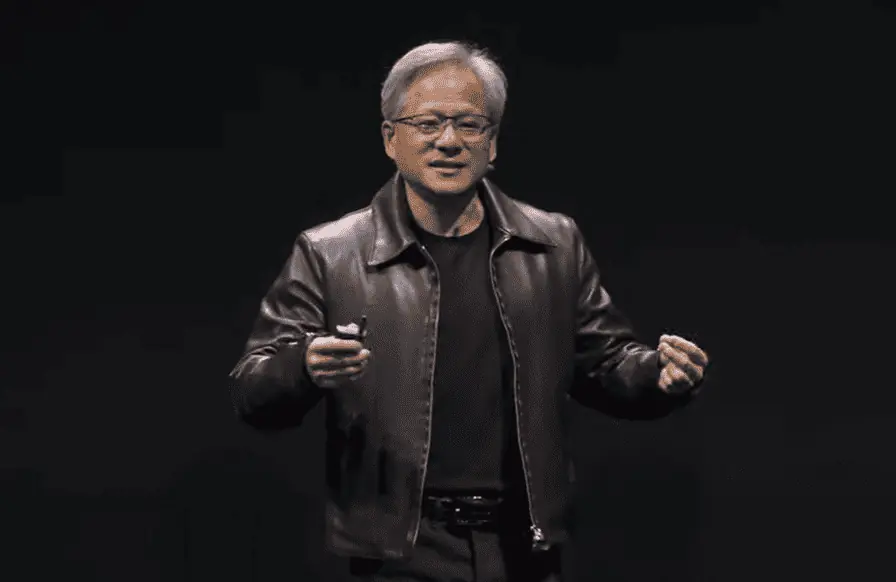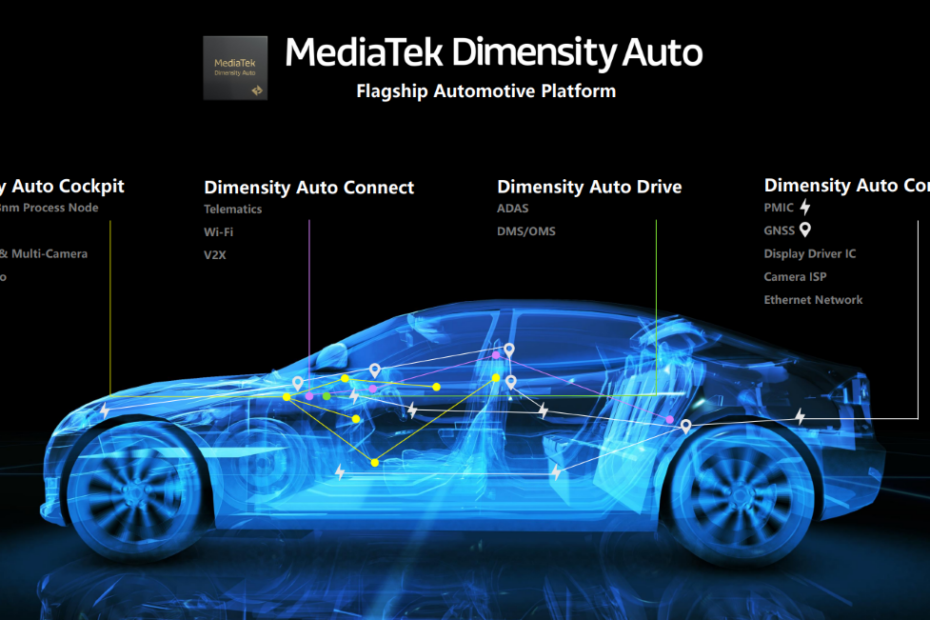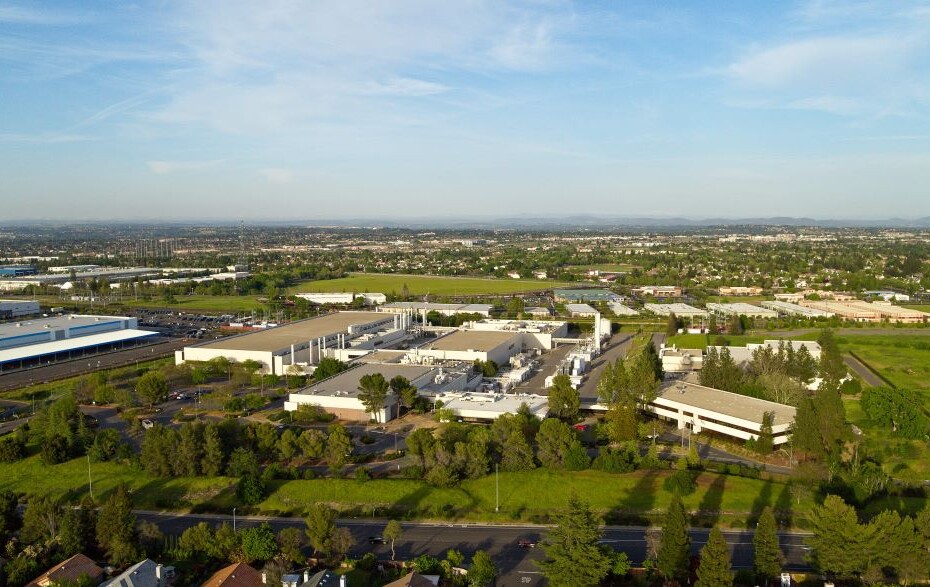AI Rivalry Heats up, But Catching Nvidia Won’t Be Easy
By Bolaji Ojo
What’s at stake?
Catching up with Nvidia in the artificial intelligence market will not be easy but many in the high-tech world are determined to try. Chipmakers are leading the calvary. Hyperscalers, OEMs and others aren’t far behind. They’ve got their work cut out for them.
12 years ago, Nvidia Corp. placed a huge wager on artificial intelligence (AI). Payday came recently in the form of a historic valuation on Wall Street.
But the company had barely a week to celebrate its new status as the world’s most valuable semiconductor company before it became clear it will have its hands full defending its position in the AI market.
Read More »AI Rivalry Heats up, But Catching Nvidia Won’t Be Easy









